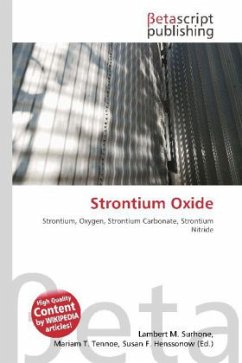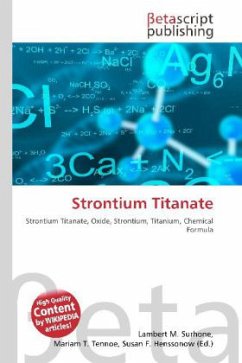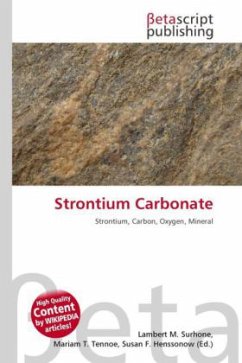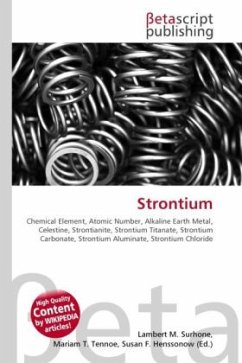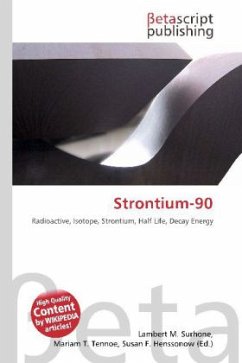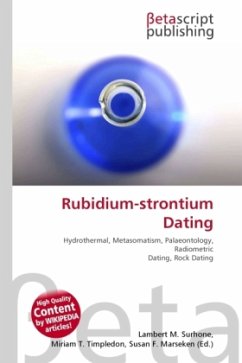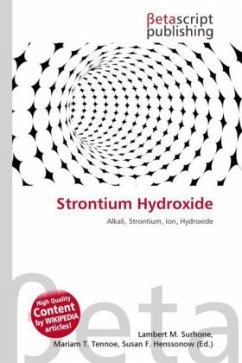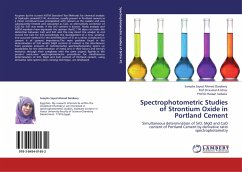Please note that the content of this book primarily consists of articles available from Wikipedia or other free sources online. Due to its extreme reactivity with oxygen and water, this element occurs naturally only in compounds with other elements, as in the minerals strontianite and celestite. Strontium is a grey/silvery metal that is softer than calcium and even more reactive in water, with which strontium reacts on contact to produce strontium hydroxide and hydrogen gas. It burns in air to produce both strontium oxide and strontium nitride, but since it does not react with nitrogen below 380°C it will only form the oxide spontaneously at room temperature. It should be kept under a liquid hydrocarbon such as mineral oil or kerosene to prevent oxidation; freshly exposed strontium metal rapidly turns a yellowish color with the formation of the oxide. Finely powdered strontium metal will ignite spontaneously in air at room temperature. Volatile strontium salts impart a crimson color to flames, and these salts are used in pyrotechnics and in the production of flares. Natural strontium is a mixture of four radiostable isotopes.
Bitte wählen Sie Ihr Anliegen aus.
Rechnungen
Retourenschein anfordern
Bestellstatus
Storno

